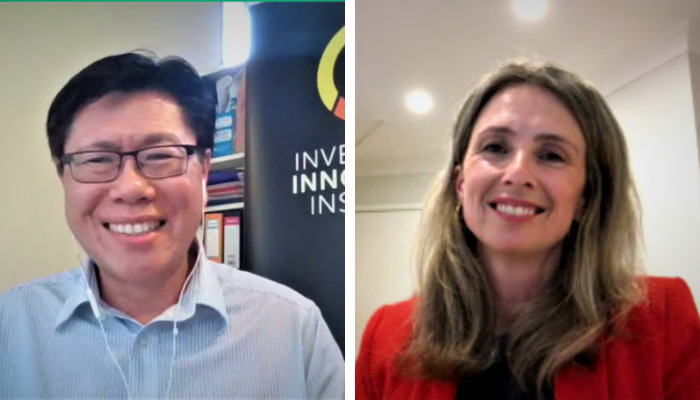The growing array of policy initiatives, private sector commitments and technology advances aiming to constrain greenhouse gas emissions and limit climate change are profoundly changing energy systems and patterns of economic activity.
Realistically, the transition will be uneven across sectors and geographies. Because the politics of climate mitigation varies considerably across the major economies, and abatement opportunities vary significantly across sectors, the transition is likely to proceed at different rates.
In this webinar with abrdn’s Camille Simeon, Investment Director for Australian Equities, we examined these issues:
- Utilising scenario analysis to frame forward-looking impact of climate change on companies
- Stress testing companies’ climate transition strategy, transparency on the risk to assets and targets to reduce emissions.
- Building a dynamic climate scenario framework to identify multidimensional risks that are difficult to capture and empirically analyse using historical data and linear models.
- Synthesising actionable insights to implement buy/sell/hold investment decisions
- Integrating scenario analysis with the shareholder engagement program
Transcript (with timings)
3:08 – The building blocks of climate scenario analysis modelling
6:10 – The difference between transitional and physical transition pathways
7:00 – Examples of economic shocks to be considered in climate scenario analysis.
9:12 – How can you model when there is so much uncertainty, eg technological change?
12:47 – Off-the-shelf scenarios don’t necessarily follow how things are playing out in the world as we head towards 2050
15:10 – How do the scenarios fit with the Paris outcomes?
17:28 – Depth of modelling is important
19:28 – Climate change risk and opportunity at the stock level, where dispersion can be high
22:44 – The energy sector in Australia has some clear climate losers
24:01 – Is gas a transition fuel?
25:24 – Technology risk should be considered more broadly
26:30 – How is physical risk being incorporated into scenarios and models?
28:36 – Dealing with Scope 3 emissions
30:57 – Modelling outputs should always be overlaid with the climate strategy of corporates.
34:04 – Be careful of companies who cherry-pick their climate scenarios to suit capital allocation strategies.
34:53 – Applying the model to company analysis
37:24 – Post COP26 scenario updates: Focus on credible policy and actions, not just pledges
Presenter
Camille Simeon, Investment Director – Australian Equities, abrdn
Moderator
Teik H. Tan. Executive Director, Investment Innovation Institute


